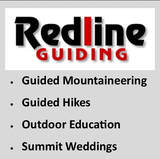So, I began organizing a hiking series called “Bumps and Falls.” The concept of Bumps and Falls was a simple one: meet in the morning at a designated trailhead, hike a small mountain and/or waterfall, drive to another nearby trailhead, hike a second small mountain and/or waterfall, and so on—until exhaustion or sunset. The logistical beauty of this system was that it allowed participants with different ability levels and time commitments to get some hiking in and enjoy the company of other hikers but bail out at personally tailored junctures during the day—one could hike for as long as one wanted to. The ascetic beauty of it was in getting to hike a lot of really sweet small mountains that one might otherwise overlook, each of which, standing alone, would be an “easy” hike but cobbled together became a moderate to difficult hike (I even ran a waterfall-only version of this group on the hottest days of the summer—we went from waterfall to waterfall and dunked). I do a lot of this kind of hiking when I’m on my own as well, and I’ve come to call it “Cluster Hiking” (or just “Clustering”). Cluster Hiking is a bit different than “Traversing” where one is stringing together a bunch of peaks along a single contiguous foot route with a car spot at either end, but shorter traverses can be included in a Cluster mix. It’s similar, but more buckshot and diverse, to what my friend Michael Blair calls “the Daily Double”—hiking two of the shorter 4,000 footer ascents in the same day—but one can throw a smaller 4K peak into the Cluster mix occasionally. It’s also different than Redlining (now called “Tracing” in certain circles) in that Clustering is destination-specific, not trail-specific—but again, one can Cluster and Redline at the same time. It’s also a bit different than doing a 24-hour Ultra list (for instance, the Saranac Sixer Challenge) in that the focus really is on enjoying the ride and seeing new places—but you could ultra-purpose a cluster if that is the kind of hiking you are into. As a variant of Clustering, sometimes I’ll string together a series of small hikes along a linear travel route from Home to Big Mountain Destination. I made good use of this technique one May while travelling the Skyline Drive and Blue Ridge Parkway to hike in the highlands of North Carolina.
I won’t go into details here—how big or small, or how creatively one Clusters is really a matter of individual preference—and part of the fun in Clustering is in the planning. To plan, one ought to avail oneself of reliable information: print guidebooks and maps, vetted online sources like Trailfinder and Maine Trailfinder (one can use unvetted sources like Alltrails.com—but with unvetted sources there is a certain risk of disappointment and misinformation). For waterfalls, an excellent online source is the World Waterfall Database, with breakdowns by state and GPS coordinates. Below are CalTopo links to some general locations where there is good clustering potential. I hope you enjoy planning and carrying out your next Cluster Hiking experience! --Paul-William The Jackson-Conway area of the White Mountains (NH) The Crawford Notch area of the White Mountains (NH) The Evans Notch area of the White Mountains (NH + ME) The Upper Valley of NH and VT (circa Hanover, NH) The Greater Monadnock Region of NH The Wantastiquet-Pisgah Highlands of NH & the Brattleboro, VT area The Lake Willoughby area of VT The Camden Hills of ME Southern Oxford County, ME The Weld Region of Maine The Moosehead-Katahdin Ironworks Corridor in ME Acadia National Park in ME The Keene Valley region of the Adirondacks (NY) The South Taconic Range & surrounds (southwestern MA, eastern NY, northwest CT)
0 Comments
Leave a Reply. |
TOPICS
All
Humor (The Parsnip)

|
Proudly powered by Weebly
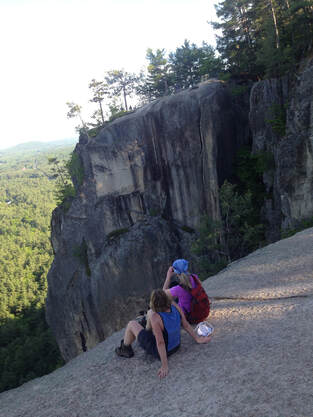
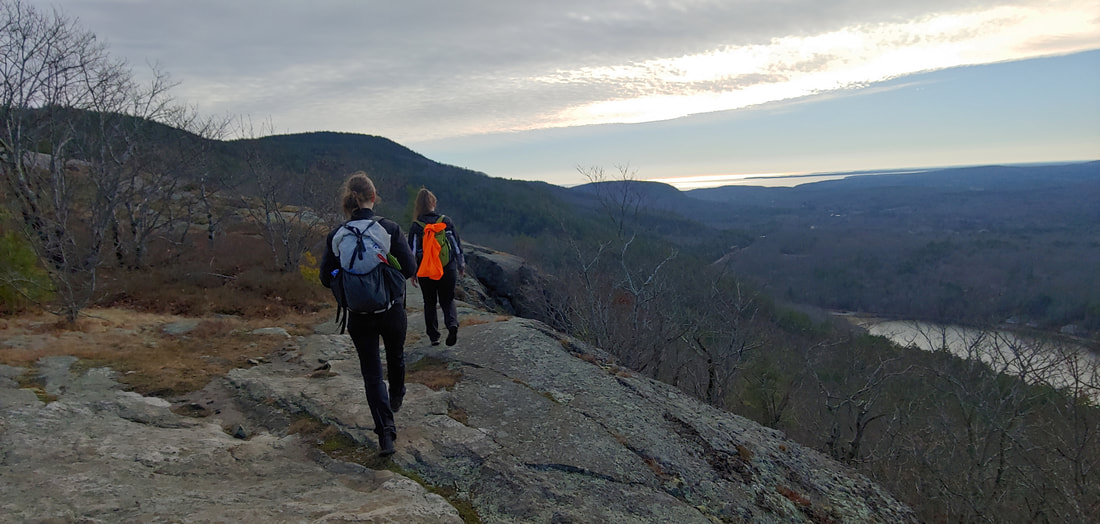
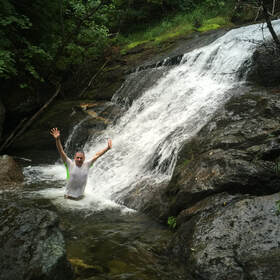
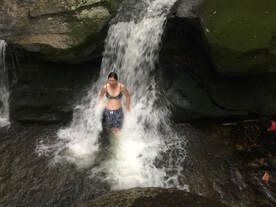
 RSS Feed
RSS Feed
